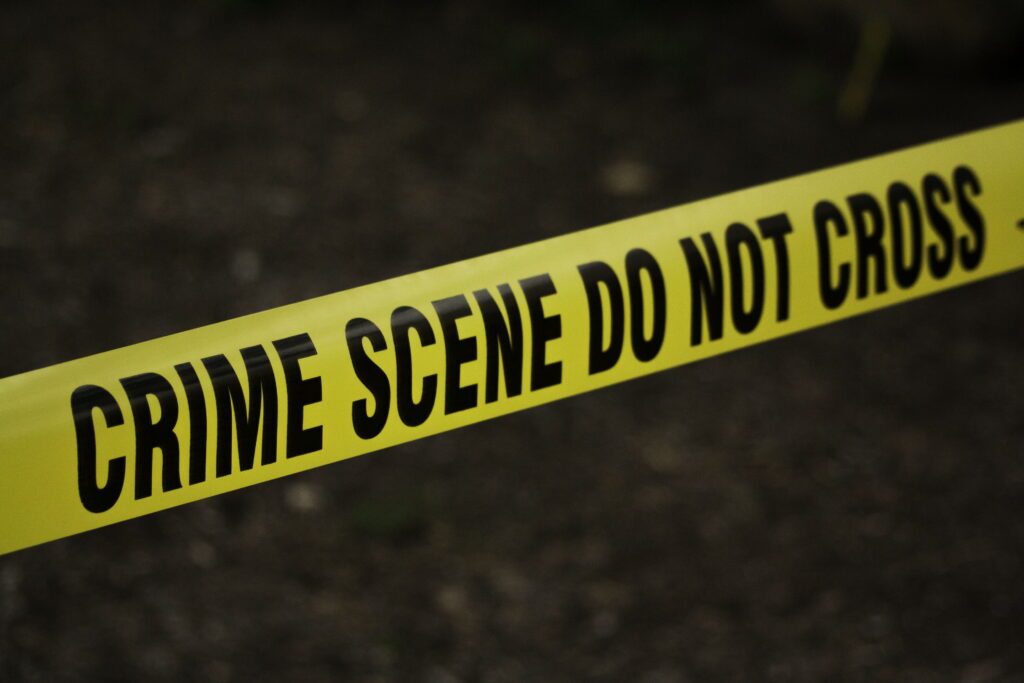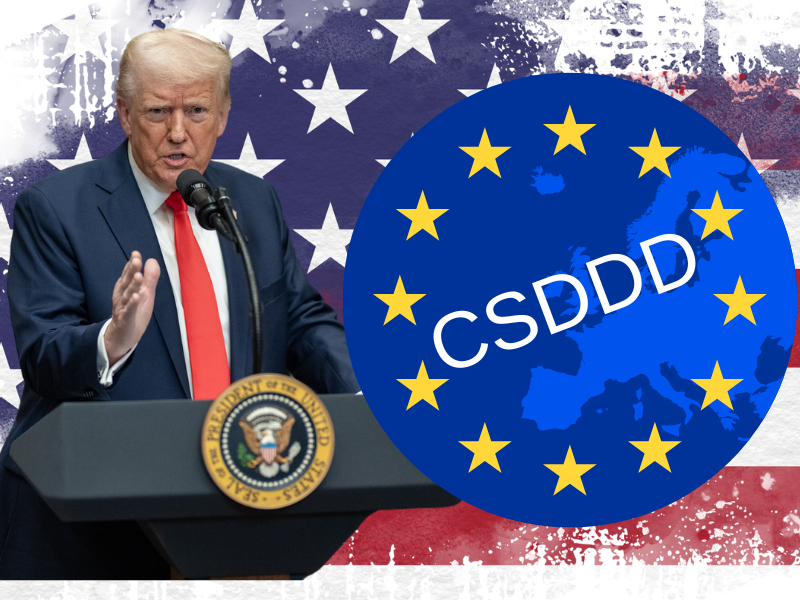Increases in the average time between the reporting of crimes and the arrival of police are aggravating the underreporting of crimes and the resulting inaccuracy of government reports of crime statistics. The mismatch between what the numbers say and what people are experiencing will allow politicians to boast that their crime policies are working when they are in fact making things progressively worse.
Writing in the New York Post, Manhattan Institute Researcher Rafael A. Mangual reports New York City police are taking much longer to respond to reports of crimes than just a few years ago. “Compared to January 2018, NYPD response times reported in December 2023 have risen across the board—that is, for critical (up 22%), serious (up 45.5%), and non-critical (up 28.7%) calls,” Mangual writes. People are now waiting nearly a half-hour on average for the police to arrive on calls about non-critical offenses such as noise complaints, loitering, and the like.
In addition to putting individuals in greater jeopardy, this slowing of response times “will likely contribute to the already significant problem of underreporting—particularly [of] property offenses” and “will likely impact clearance rates—the share of reported crimes resulting in an arrest—which have fallen significantly in New York City since 2020,” Mangual notes.
The obvious cause of this slowing of police response times is the drop in the number of officers on the streets. The number of uniformed personnel in the New York Police Department has fallen by about 2,400 since 2018—a nearly 7 percent drop.
Unfortunately, the prospects of the city government replacing those officers are basically nil. The lawmakers certainly have done nothing useful about it thus far.
Ironically, this lack of policing can make the statistics indicate things are getting better when they are in fact becoming much worse. The slower the police are in responding to crimes, the less likely people are to bother to report offenses against them and the less likely police are to catch the perpetrators and enable the justice system to stop them from committing more crimes.
“Using a unique data set from Manchester, England,” a 2017 study published in the Review of Economic Studies “found that ‘a 10% increase in response time leads to a 4.6 percentage points decrease in the likelihood of clearing the crime,’” Mangual notes.
The slowing of police response times is bound to push crime rates up further, which will reduce the quality of life in New York City even more. With police being called out to fewer crimes and apprehending fewer of the perpetrators of that smaller number of (reported) offenses, more offenders will be left out on the streets to terrorize the city’s residents, workers, and visitors.
Meanwhile, crime statistics will look better even as the situation for the average person becomes progressively worse.
Meanwhile, Chicago is preparing to “enjoy” a rapid decrease in reports of gunfire. Chicago Mayor Brandon Johnson has called a halt to the city’s gunshot-detection system, allowing the city’s contract for ShotSpotter to run out. ShotSpotter is “the gunshot-detection technology Chicago police have used for seven years to respond more rapidly to shootings, which of course remain distressingly frequent,” the Chicago Tribune reports.
As the Tribune notes, “the technology not only has often helped deliver fast help to a young person lying in a pool of blood, but … it also has dispersed potential bad actors when police cars arrive at a melee. Shotspotter hasn’t just spotted shots, it has meant some were never fired.” In addition to that, the failure to catch perpetrators leaves them out on the streets to commit more crimes. More shots are fired, and more people killed or wounded.
Johnson had hoped to get the contract extended for six months so that the program would be in place during the Democrat National Convention, showing where his priorities lie, but the company behind ShotSpotter did not agree. The loss of ShotSpotter will increase police response times and the number of deaths and injuries by firearms while allowing more perpetrators to escape justice. The statistics, however, may well show improvement as fewer gunshots are reported than would have occurred with ShotSpotter’s automatic system.
Similar distorting effects on the reporting of crimes are surely happening in other cities as well.
As these situations illustrate, the progressive increase in underreporting of crimes will create a widening gap between the reality on the streets and what the statistics show. Politicians and the media will cite crime numbers to claim things are better than they are, and the gap between what people experience in the city and what the authorities and the media say is happening will further undermine the authority of city governments and the press—though of course there is not much farther the public’s opinions of those establishments can fall.
Meanwhile, the quality of life in New York City and other soft-on-crime communities will continue to decline, with those foolish policies now buttressed by increasingly erroneous statistics.
Photo by Kat Wilcox. Creative Commons CC0 1.0 Universal Public Domain.





